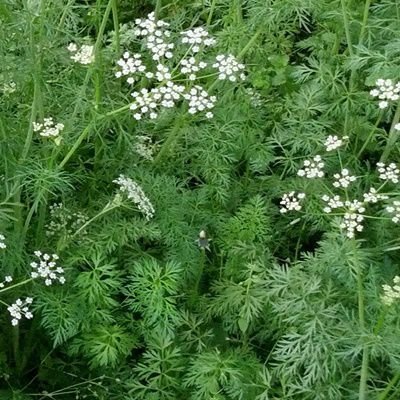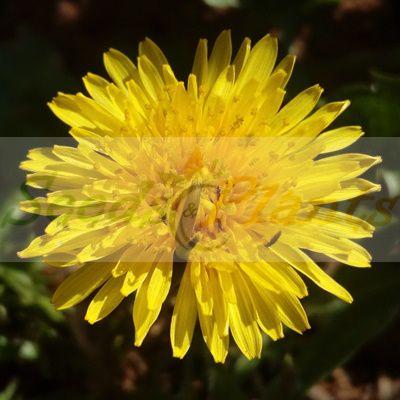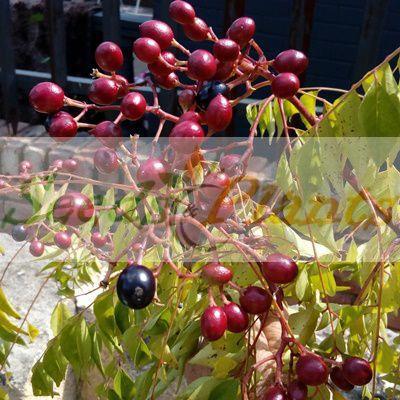Blue Borage – 50 Seeds
(Borago officinalis)
R30.00
It is a medicinal and culinary herb with edible leaves and flowers.
Common Names: Starflower, bee bush, bee bread, and bugloss.
Indoor Sowing: Late Winter / Early Spring.
Direct Sowing: Autumn, Spring and Summer.
Only 1 left in stock
Blue Borage (Borago officinalis), also known as starflower, bee bush, bee bread, and bugloss, is a medicinal herb with edible leaves and flowers. Flowers hang in clusters and are a beautiful blue color and sometimes you will also find pink flowers on the same plant. Bees love the bright blooms and rely on the herb as a nectar source, literally covering the plants some days. Leaves and stems are covered with fine, silver or white hairs and appear to be almost woolly.
Borage Culinary Uses
With a taste comparable to that of cucumber, it has various culinary applications. The leaves can be used as a salad green and the flowers as edible decorations. This herb can also be used in soups, salads, borage-lemonade, strawberry-borage cocktails, preserves, borage jelly, various sauces, cooked as a stand-alone vegetable, or used in desserts in the form of fresh or candied flowers, to name a few.
Borage Benefits
It is a cooling, cleansing and refreshing herb with adaptogenic, demulcent, diuretic, expectorant and anti-inflammatory properties. European herbalists use borage tea to restore strength during convalescence. The leaves are used as an adrenal tonic to balance and restore the health of the adrenal glands following periods of stress. It is of particular benefit during recovery from surgery or following steroid treatment.
A tea made from the leaves and flowers also promote lactation, relieve fevers, and promote sweating. It will also cure a hangover. The soothing mucilage in in the plant makes it a beneficial treatment for dry cough, throat irritation, chest colds and bronchitis. Borage tea is also a good remedy for such digestive disturbances as gastritis and irritable bowel syndrome.
A poultice of crushed Borage leaves will relieve insect bites and stings, reduce swelling and bruising and is also helpful for clearing up boils and rashes.
How to grow Blue Borage
Indoor Sowing: Late Winter / Early Spring.
Direct Sowing: Autumn, Spring and Summer.
- Grown from seed, borage can be started indoors 3-4 weeks before the last frost or direct seeded just after the danger of frost has passed.
- Plant the small, black seeds just beneath the surface of the soil and thin seedlings to at least one foot apart.
- Trim back occasionally to keep plants tidy and upright.
- It is a good companion plant and mulch for most plants, being an excellent source of minerals, especially calcium and potassium.
Disclaimer
Medicinal Information:
All medicinal information on this website is for educational and informational purposes only and may not be construed as medical advice. The information is not intended to replace medical advice or treatment offered by healthcare professionals.
Seeds, Plants, Plant Cuttings, Geophytes and Dried Herbs:
In some countries and provinces, certain plants are deemed as invasive and are not allowed to be planted at all, whilst some plants are allowed to be grown only in certain areas or provinces. The onus is on you as the buyer to familiarize yourself with the regulations pertaining to your location, before purchasing any of our seeds, plants, plant cuttings, geophytes or dried herbs. We will not be held liable, should you purchase any seeds, plants, plant cuttings, geophytes or dried herbs. from us which are prohibited in your country or province.




















